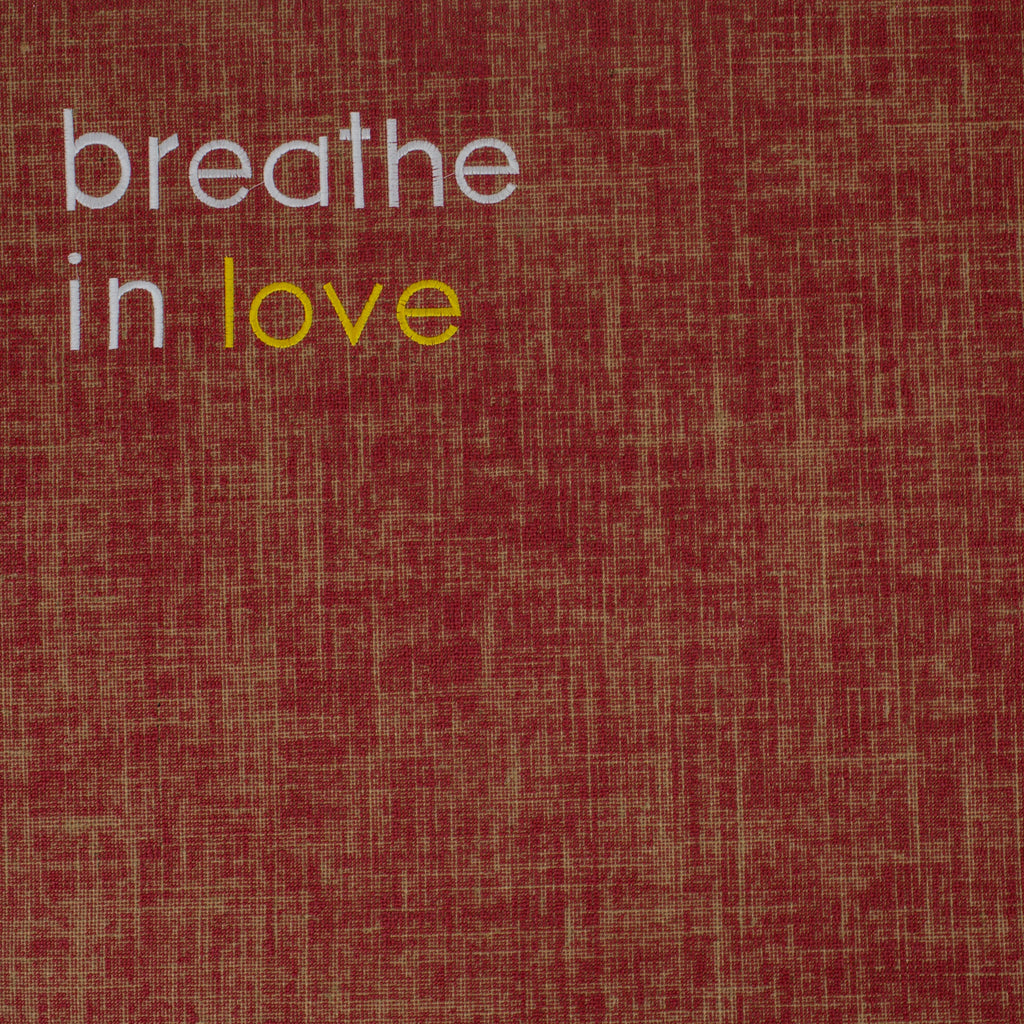Affirmatslifestyle
How can Yoga Help Combat Anxiety?
How can Yoga Help Combat Anxiety?
Anxiety disorders are the most common illness in the U.S., with around 40 million adults battling them every day. Although treatments do exist for anxiety (as they do for depression), doctors often recommend a natural approach first - since medication can have side effects and patients can become dependent on them. Of the many methods put to test in large-scale studies, one that has passed the test with flying colors, is yoga - a millenary practice and way of life that has been found to significantly lower levels of stress hormone, cortisol.
Why is Keeping Stress Down Key during Anxiety?
Anxiety and panic attacks occur when our ‘fight or flight’ response goes into overdrive. This response is useful when we are under actual attack and need to defend ourselves. Our heart rate rises, we begin to breathe more rapidly, and there is increased blood flow to the muscles, brain, legs, and arms (so we can ‘fight’ if we have to, or run away quickly). The problem with anxiety is that all these symptoms can occur when we are simply stressed (and not when we are in actual danger). When cortisol levels are chronically high, we can frequently fall prey to panic attacks and this cycle can be repeated many times over. Studies have shown that yoga lowers cortisol levels, owing to its focus on mind-body control and mindfulness, or ‘being in the here and now’, combined with pranayama - controlled breathing. It is no wonder that when we are in the midst of a panic attack, the first thing we are told to do - is breathe.
Yoga, Self-Compassion, and Self-Esteem
Yoga is used as an official complementary therapy in a variety of settings - everything from breast cancer to PTSD. Its secret does not only lie in its ability to physiologically reduce stress levels, but also in its ability to lift the mood and boost-confidence. Yoga can be adapted to all levels and can be undertaken just about anywhere, yet even beginners notice big changes in their strength, flexibility, and ability to focus as the weeks and months go by. Yoga is more than a ‘workout’; it encourages us to embrace the yogic philosophy as espoused in the Eight Limbs of Yoga. This includes being kind - not only to others, but also to oneself - something that is so important for those who are battling mental conditions such as anxiety and depression.
Yoga and Freeing the Spirit of Worry
One of the limbs of yoga is called pratyahara. It literally means ‘withdrawal of the senses’ and it is what we rely on when we concentrate, breathe, and feel more connected to the divine. It can be practiced during pranayama (the controlled breathing part of yoga), when we strive to focus less on external stimuli, worries, and fears, and simply focus on breath. Some of the techniques we can use as we practice pratyahara include Jyoti laya (absorbing our sense of sight in our inner light), Shabda laya (absorbing what we hear into our inner sense of sound); and Prana laya (when our sense of touch becomes absorbed in breath).
Yoga is currently an integral part of a wealth of settings in which reducing stress and anxiety is key. These include rehabilitation centers for addiction, cancer recovery, and eating disorder recovery. Yoga reduces stress hormone levels, but it does so much more. It introduces us to like-minded people, deepens our spirituality, and boosts our mood and self-confidence. Few other pursuits are quite as complete.

